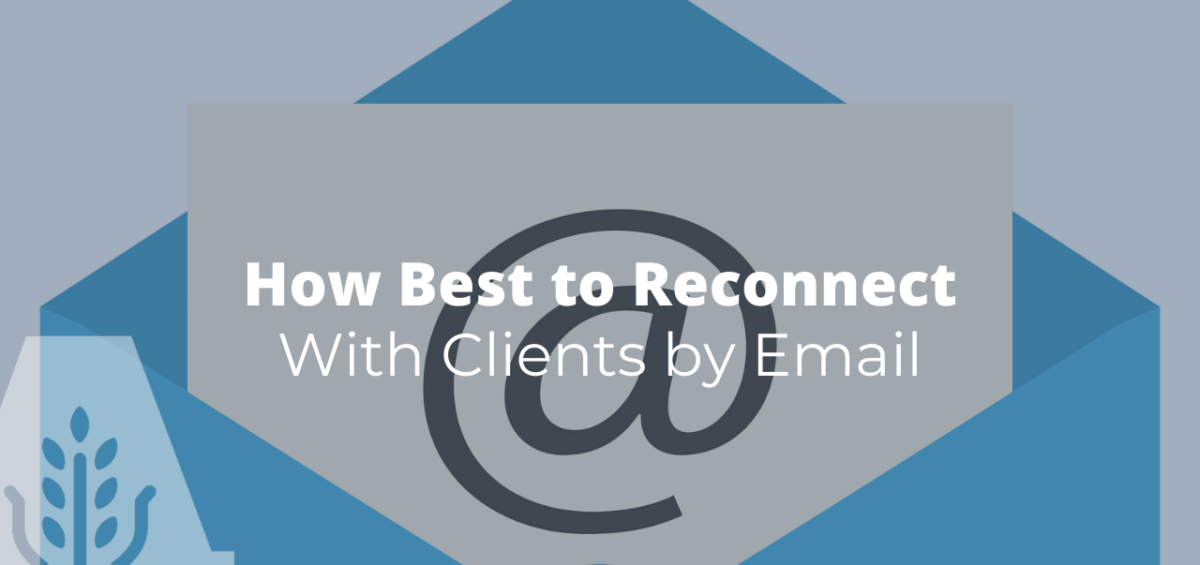Is your email inbox flooded with messages from big brands, with every message starting off with “In these uncertain time” and ending with “We’re all in this together”? You’re not alone. It seems like every brand wants to reach out to its customers in these (yes yes we know) uncertain times.
But there’s no need to fall into the trap of being predictable and sounding like all the corporate robots filling your inbox. Email is one of the most important ways that businesses formally communicate with other businesses, and its uses are extremely important in communicating with organizations like newsletters. We believe it’s possible to connect to your clients and customers in a meaningful way that’s relational and personal. Take a look at some of our tips for reconnecting with your clients via email, even if you temporarily can’t communicate face to face.
1. Be Transparent and Helpful
You probably don’t have all the answers to clients’ questions right now But the more transparent you are, the more likely your customers are to stay connected with your brand. Let them know how your business is affected by the current situation, for starters. But many clients want to know more.
Reach out to tell your customers what you’re doing to protect them, whether it’s by sanitizing your physical location or adding extra online security to protect their data when your employees are working from home. Many customers want to know how you’re supporting your staff during this time, and others want to know what your plans are going forward. If you’ve changed the hours of your customer service center or you’ve opened new web pages to help customers out, let them know. When you’re transparent and clear via email, your clients will know you’re still there for them.
2. Focus on Your Current and Recent Clients
Too many companies are digging too deep into their databases to connect with customers they haven’t had any contact within years. This isn’t the time for that deep dive, which is likely to alienate people and make them think you’re just trying to exploit them. Instead, connect with the customers and clients you have active relationships with, focusing on how you can meet their current and future needs. Those are the clients who will be more receptive and appreciative to your updates.
3. Strike the Right Tone
You undoubtedly have already established a clear voice when you reach out to customers. Now is the time to take a careful second look at that voice, especially if you tend to add a flash of sarcasm or flippancy to your communications with customers. If your emails make customers feel as if you aren’t taking their concerns and worries seriously, your efforts to reach out could have the opposite effect than the one you’re hoping for.
It’s also not the time to push people to buy things in an overt way, especially when many of your clients or customers may be taking second looks at their own budgets. If you send the inadvertent message that you’re taking advantage of the current situation, you won’t win friends. As you strive to strike a tone that’s supportive without being jarring, you should also avoid making political statements or promises you don’t know if you can keep (such as opening dates).
During a crisis, you have an opportunity to define who you are through your communications with your clients and customers. Honest, transparent communication via email can help you maintain the relationships that will be crucial again in the near future.












